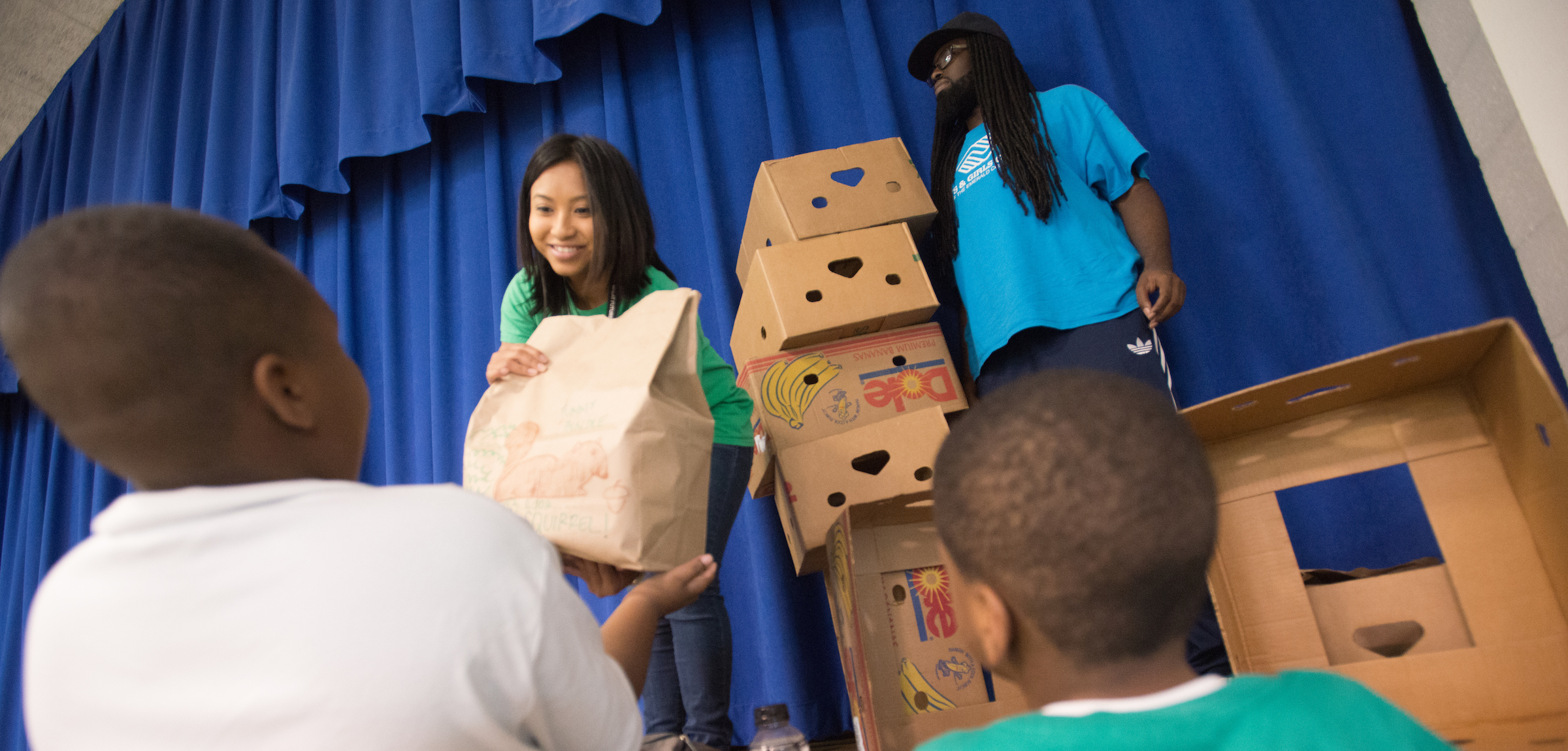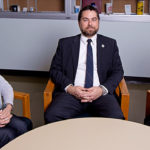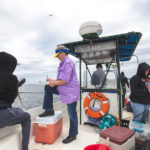Haas Center Partners with United Way of Escambia County on Study
On July 7, 2016, three members of the Center for Research and Economic Opportunity/Haas Center staff presented to United Way’s nonprofit training class on measuring success and economic impact as a nonprofit organization. The in-depth discussion included topics ranging from measuring economic impact and measuring success to conducting survey research and using secondary data resources. The meeting was the end result of a nearly year-long collaboration between United Way of Escambia County and CREO.

Last fall, UWEC approached the Haas Center to conduct a community assessment survey of Pensacola residents and stakeholders. In 2012, United Way conducted its own exploratory survey of volunteers, education partners and nonprofit organizations that identified the focus areas of health, financial stability and education. For this round, however, the organization felt the 2016 study needed to depart from their previous efforts. This research would need to add another layer of feedback for UWEC’s already determined focus areas. The survey needed to gauge the opinions of community stakeholders on how best to measure progress in these identified areas.
United Way applied for, and received, funding from the Northwest Florida Asset Valuation and Marketing Support matching grant program. The program allocates awards to help municipalities, economic development organizations and nonprofits. The grant makes it easier for nonprofits, which often operate with many demands on their limited resources, to invest in research to improve their operations. In addition, it allows United Way to market their community investment process to donors, who increasingly ask to see measurable returns on their investment. Because UWEC invests in the community based on partner input, the study would allow for a better understanding of perceptions of need across the entire community. The organization could use this information to inform their strategic plan, including their community investment process and program development.
Over a two-month period that began in March 2016, Haas Center survey researchers administered the 28-item survey across Escambia County. The study’s target population included all Escambia County residents at least 18 years of age, as well as other stakeholders who may live in a neighboring county but who work or perform charitable deeds primarily in Escambia County. The data collection was multi-modal in order to mitigate some of the weaknesses caused by using only one collection mode. These efforts included survey administration via the telephone to a random sample of both cellphone and landline users. In addition, an online survey was distributed through a web-based platform. To increase response rates, survey researchers distributed information regarding the survey at several locations. Haas Center staff recruited participants in public places and at local events. UWEC also shared the link with all of their partner agencies.
The survey, on average, took approximately 22 minutes to complete, and 710 participants completed the entire questionnaire. The average survey respondent was approximately 44 years old, female, white, highly educated and a homeowner. Or, to put it another way, the survey respondent was more likely to be a typical United Way donor than someone contacting UWEC to receive guidance, assistance or services.
Nevertheless, this is still important data for United Way to gather and understand. It serves as a comparison, one that we highlighted in our report, of the priority differences between stakeholders and donors compared to those individuals in need of services. In our report, we highlighted the key differences between UWEC’s internal data gathered from 2-1-1 (the 24/7 referral service for services and assistance); information from the Partnership for a Healthy Community’s 2016 Needs Assessment; and our survey results.
UWEC, like all nonprofits, has a tall order in front of them in reconciling the competing priorities of all their different stakeholders. After our study, United Way knows that donors would like to see program measurements that increase healthy behaviors or skills to retain independence; increase graduation rates; and employment gains for their clients. Survey respondents would also like more programs geared toward child abuse; risky driving; educating the county about how to eat healthy; maintaining programs that provide opportunities for time with positive adult role models; supporting life skills programs; and facilitating support for those with low-paying jobs or who are undereducated. Nevertheless, United Way must balance all this information with demands from a community that is still too often in need of short-term measures to secure financial stability.



